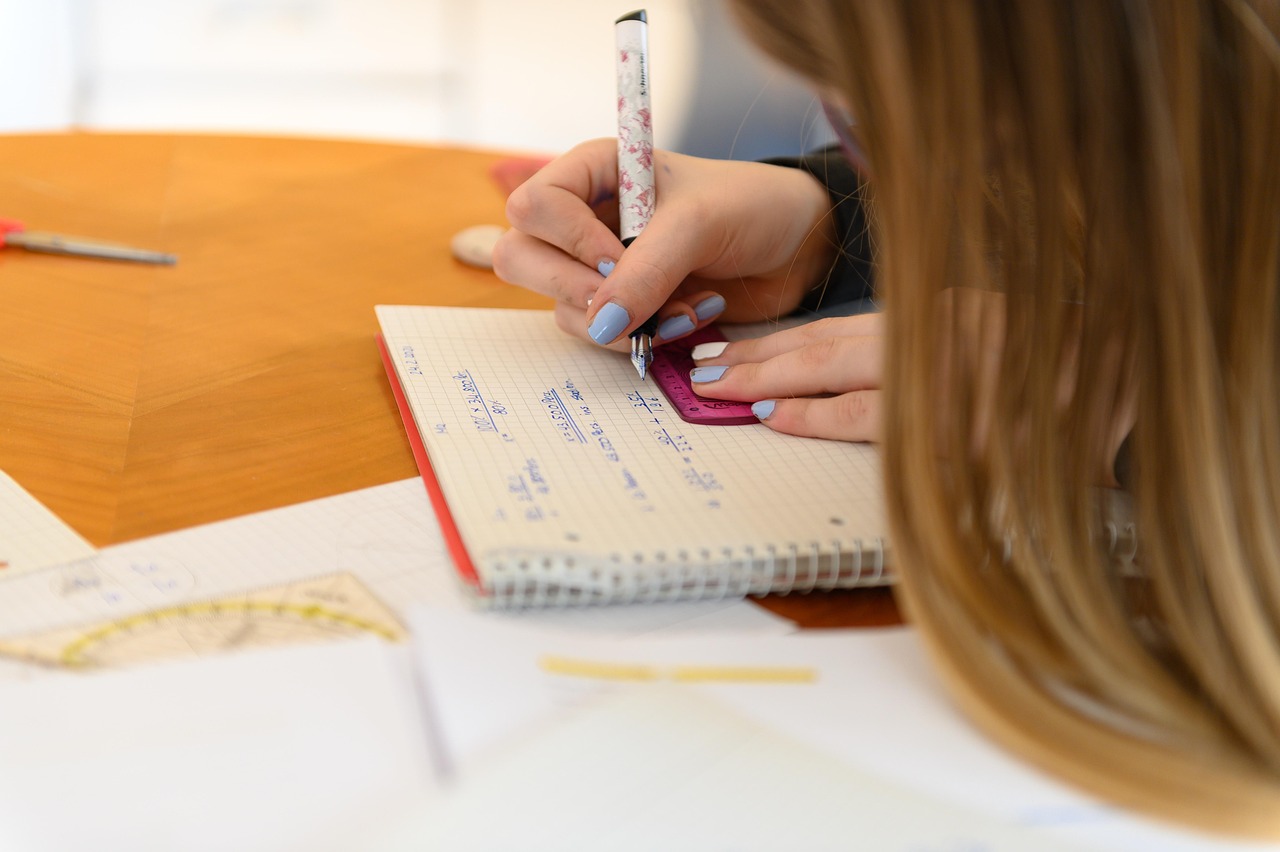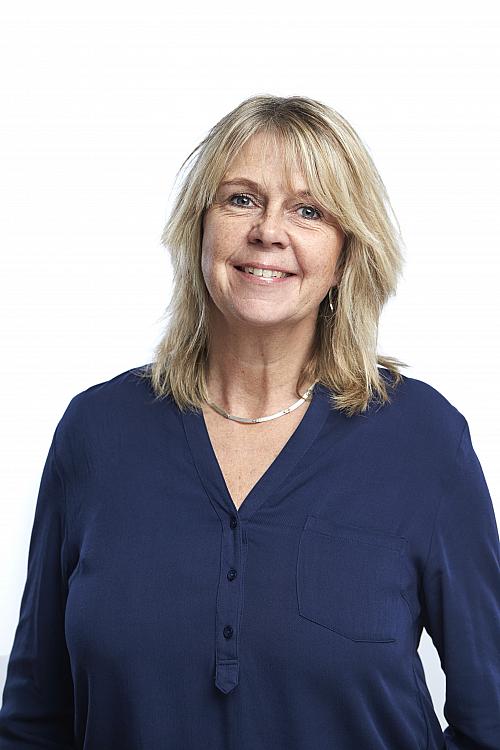How can children become better at understanding and using numbers?
How can the teaching of mathematics be improved for the youngest students? This is a question that is in focus in the project Number Relationships in Focus, a collaboration between Mullsjö municipality and the School of Education and Communication at Jönköping University.

Photo: Falk Schirrmeister / Pixabay
The aim of the project is to improve the teaching of mathematics in preschool and grades 1-3, so that more students reach the school's goals. Studies of test results from preschool and grade 1 show that many children need extra support to develop their understanding of number relations, that is, how numbers are connected and relate to each other.
"The aim of the project is to develop teaching that promotes students' ability to use number relationships in a flexible and sustainable way," says Anna-Lena Ekdahl, Assistant Professor of Didactics at the School of Education and Communication and one of the researchers in the project.
Teachers and researchers working together
The project involves 25 teachers and around 380 students in Mullsjö. Together with two researchers from Jönköping University and two experienced mathematics teachers, lessons and teaching sequences are planned to help children understand and use number relations in different situations. After the lessons, the teachers meet to discuss how it went and what the students have learned.
The lessons will be age-appropriate and the project will also look at how best to build the lessons step by step - from pre-school to Year 3.
"The strength, but also the challenge, of the TiF project lies in discussing both the commonalities and differences in teaching number relationships, depending on the age of the pupils," says Anna-Lena Ekdahl.
The project, which is part of the national ULF initiative (Development, Learning, Research), will run over three semesters, during 2024 and 2025.
Similar initiative in Jönköping
Similar work has recently been carried out at several schools in Jönköping municipality. There, preschool teachers and students have participated in the SATSA research project, which is also about developing children's understanding of numbers and number relations. Through finger patterns, dot patterns and with the support of the teacher, the pupils have developed new ways of looking at how numbers are connected and how numbers can be used flexibly and successfully in mathematics. Teachers have also worked closely with researchers and colleagues to develop their teaching.
The experience of one of the participating schools, Oxhagsskolan, shows that it is possible to strengthen children's mathematical thinking from an early age - something that the Talrelationer i Fokus project is now taking further.
Contact
- Assistant Professor of Didactics
- School of Education and Communication
- anna-lena.ekdahl@ju.se
- +46 36-10 1490

